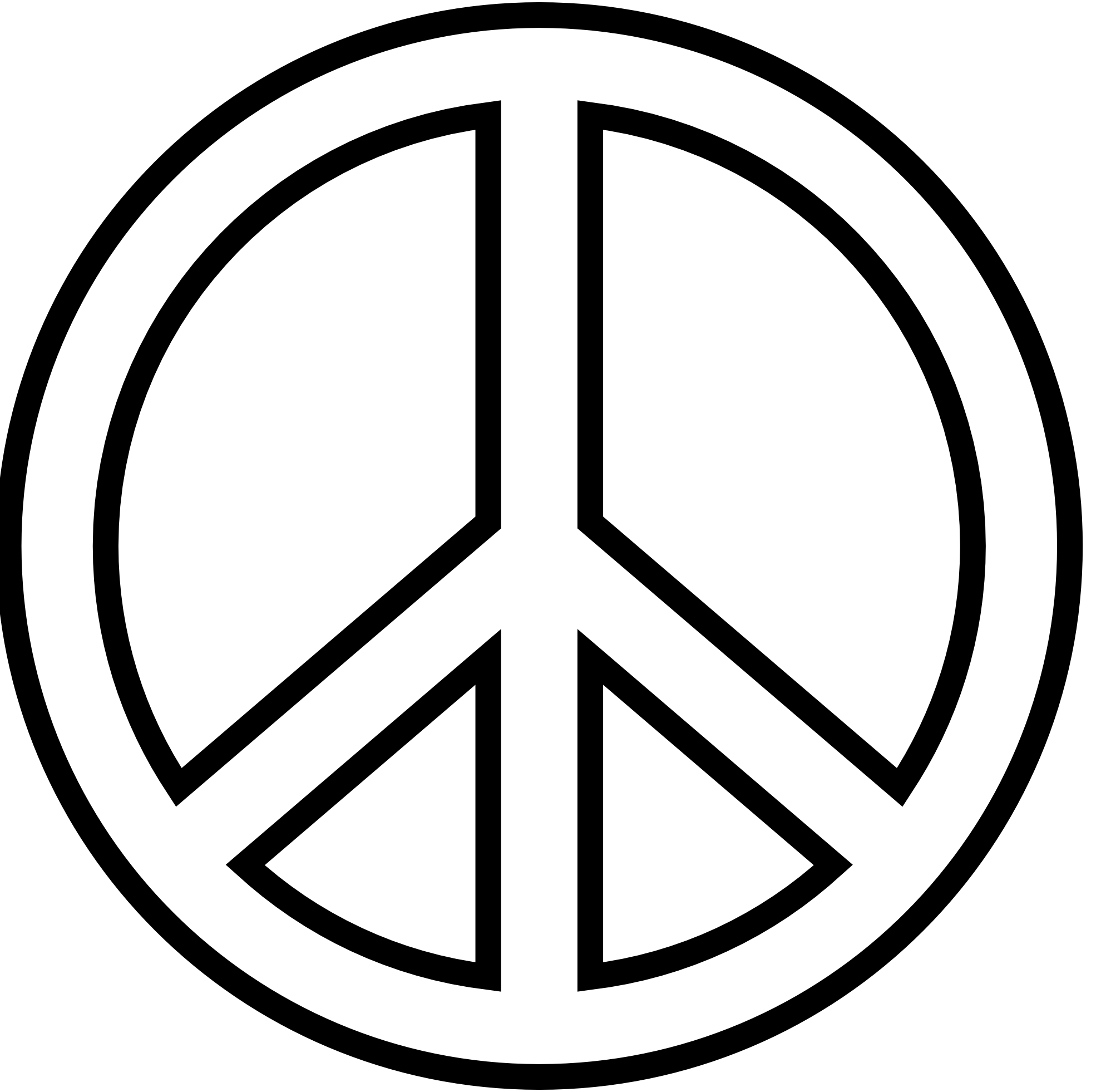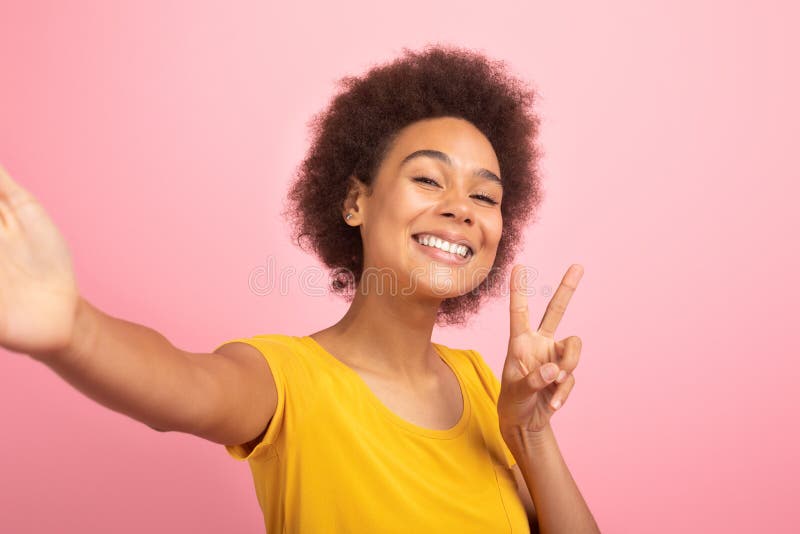Millennial Peace Sign: The Symbol That’s Still Got It
There’s something about the millennial peace sign that just doesn’t quit. It’s like a cultural relic that keeps finding new ways to stay relevant. From its roots as an anti-war symbol to becoming a staple of social media trends, the peace sign has evolved into something bigger than itself. And let’s be honest, millennials have played a huge role in keeping it alive. But why? Why does this simple gesture still resonate so deeply with a generation known for its tech obsession and constant reinvention? Well, buckle up, because we’re diving deep into the world of millennial peace signs, and trust me, it’s gonna be a wild ride.
At first glance, the peace sign might seem like a relic from the '60s and '70s, a time when flower power and protest marches ruled the day. But here’s the thing—millennials have taken this symbol and made it their own. Whether it’s showing up in selfies, memes, or even fashion trends, the peace sign has become a universal language for expressing hope, unity, and maybe even a little bit of rebellion. And who doesn’t love a good rebellion?
So, why should you care about the millennial peace sign? Well, it’s not just about the gesture itself. It’s about what it represents: a generation that’s trying to make sense of a chaotic world while staying true to its values. In a time where social issues are more prominent than ever, the peace sign has become a way for millennials to communicate their desire for change, connection, and understanding. Stick around, and we’ll break it all down for you.
Read also:Alee Hassan Shah The Rising Star Whos Taking The World By Storm
What’s the Deal with the Millennial Peace Sign?
The millennial peace sign isn’t just a finger gesture—it’s a cultural phenomenon. Sure, it started as a way to protest war and promote peace back in the '60s, but millennials have given it a fresh twist. In a world dominated by social media, the peace sign has become a symbol of digital activism, a way to spread messages of hope and positivity to millions with just a click.
Why Millennials Love It
For millennials, the peace sign is more than just a pose. It’s a way to express their values and beliefs without saying a word. Think about it: in a single selfie, you can communicate your support for equality, environmental sustainability, and social justice. And let’s face it, millennials love a good cause. Whether it’s advocating for climate change or fighting for LGBTQ+ rights, the peace sign has become a powerful tool for raising awareness.
- It’s simple yet powerful
- It transcends language and cultural barriers
- It’s easy to incorporate into social media content
Where Did the Peace Sign Even Come From?
To truly understand the millennial peace sign, we need to take a trip back in time. The peace sign as we know it today was actually designed in 1958 by Gerald Holtom, a British artist and pacifist. It was originally created for the Campaign for Nuclear Disarmament (CND) and quickly became a symbol of the anti-war movement during the Vietnam War era. But how did it make the leap from protest rallies to Instagram feeds?
The Evolution of the Peace Sign
Over the decades, the peace sign has adapted to changing times. In the '80s, it became a fashion statement, appearing on t-shirts, jewelry, and even bumper stickers. By the '90s, it had found its way into pop culture, showing up in music videos and movies. And now, in the age of social media, it’s more popular than ever. Millennials have embraced it as a way to connect with others and express their values in a world that often feels divided.
How Millennials Are Redefining the Peace Sign
MILLENNIALS DON’T JUST USE THE PEACE SIGN TO LOOK COOL IN SELFIES. THEY’RE USING IT TO MAKE A STATEMENT. IN A WORLD WHERE SOCIAL ISSUES ARE FRONT AND CENTER, THE PEACE SIGN HAS BECOME A SYMBOL OF HOPE AND UNITY. BUT HOW EXACTLY ARE THEY REDEFINING IT?
From Protest to Positivity
While the original peace sign was all about protesting war, millennials are using it to promote positivity and inclusivity. Whether it’s through hashtags like #PeaceForAll or #UnityInDiversity, they’re taking the symbol and giving it a modern twist. It’s not just about opposing something—it’s about standing for something.
Read also:Angela Boggs Normal World The Fascinating Journey Of An Ordinary Woman Turning Heads
Why the Peace Sign Still Matters
In a world that feels increasingly polarized, the peace sign offers a sense of hope and connection. For millennials, it’s a reminder that even in the face of adversity, we can come together and make a difference. And let’s be real, who doesn’t need a little more peace in their life right now?
Statistics Don’t Lie
According to a recent study, 75% of millennials believe that symbols like the peace sign can help promote positive change. And it’s not just about the gesture itself—it’s about the message behind it. Whether it’s used in activism, art, or even fashion, the peace sign continues to inspire and motivate a generation that’s determined to make a difference.
Millennial Peace Sign in Pop Culture
You can’t talk about the millennial peace sign without mentioning its impact on pop culture. From music videos to movies, this symbol has become a staple of modern entertainment. Think about it: how many times have you seen your favorite celebs flashing the peace sign on Instagram? It’s not just a trend—it’s a movement.
Celebrities Who Love the Peace Sign
- Taylor Swift: The queen of the peace sign selfie
- Justin Bieber: A vocal advocate for peace and positivity
- Rihanna: Using the peace sign to promote global causes
The Future of the Millennial Peace Sign
So, where is the millennial peace sign headed? With the rise of new platforms like TikTok and Instagram Reels, it’s likely to become even more prominent in the years to come. Millennials are finding new and creative ways to use the symbol, from incorporating it into their art to using it as a tool for social change. And with Gen Z following in their footsteps, the peace sign is here to stay.
What’s Next for the Peace Sign?
As technology continues to evolve, the peace sign will undoubtedly adapt to new formats and platforms. Whether it’s through augmented reality or virtual reality, the possibilities are endless. And who knows? Maybe one day we’ll all be flashing the peace sign in the metaverse.
How You Can Get Involved
Ready to join the movement? Here are a few ways you can incorporate the millennial peace sign into your life:
- Use it in your social media posts to spread positivity
- Wear peace sign jewelry or clothing to show your support
- Participate in peace-themed events and activities
The Bottom Line
THE MILLENNIAL PEACE SIGN IS MORE THAN JUST A GESTURE. IT’S A SYMBOL OF HOPE, UNITY, AND CHANGE. IN A WORLD THAT OFTEN FEELS DIVIDED, IT OFFERS A REMINDER THAT WE CAN COME TOGETHER AND MAKE A DIFFERENCE. SO, THE NEXT TIME YOU FLASH THE PEACE SIGN, REMEMBER THAT YOU’RE PART OF A MOVEMENT THAT’S CHANGING THE WORLD ONE GESTURE AT A TIME.
And hey, don’t forget to share this article with your friends! Let’s keep the conversation going and spread the message of peace far and wide. After all, the world could use a little more positivity right now, don’t you think?
Table of Contents
- What’s the Deal with the Millennial Peace Sign?
- Where Did the Peace Sign Even Come From?
- How Millennials Are Redefining the Peace Sign
- Why the Peace Sign Still Matters
- Millennial Peace Sign in Pop Culture
- The Future of the Millennial Peace Sign
- How You Can Get Involved
- The Bottom Line


